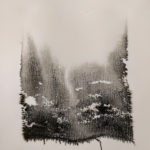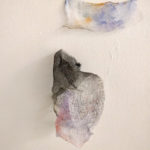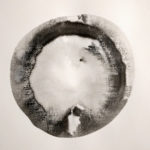Lily Mead Martin, an interdisciplinary artist currently based in Vancouver, British Columbia, has settled into her new surroundings in Prince George where she is now living and working as the October artist-in-residence for the Neighbourhood Time Exchange | Downtown Prince George. In a Skype conversation with the artist about a week into her residency, we discussed her initial experiences in the city, and how her first few days in Prince George has affected her artistic processes.
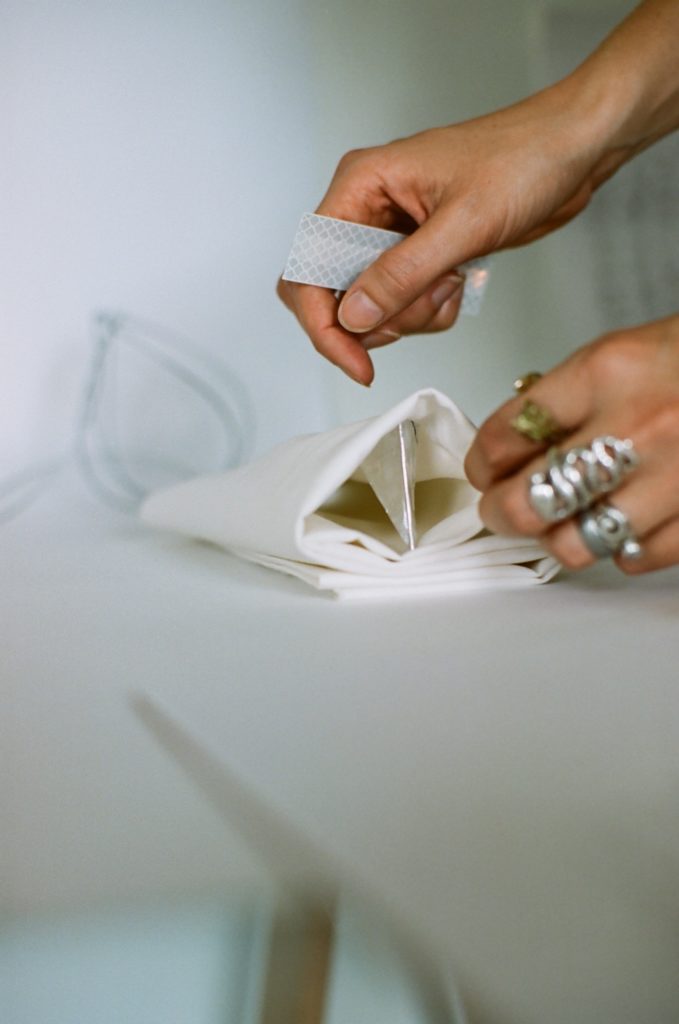
Martin’s art practice is often derived from site-specific investigations. Through the production of drawings, photographs, sculpture, installation and performance she draws from the tensions between urban development and the individual, architecture and the body. Investigation into residential spaces and questions around home, displacement, and belonging are based in her lived experience of growing up as a tri-national citizen with a transient and dispersed family. So for Martin, moving is not so much a finite process of simply starting somewhere and ending up somewhere else, but is a continuous experience that involves actively seeking out points of access that help to define what is “here”.
In Prince George, Martin’s points of access in the city have been the conversations she has had with residents, the organizations she has worked with, and the archives she has been exploring. She has described this residency as an “accumulating process”, which resonates closely with her artistic practice as well. For the last several years, collecting strategies have been a central proponent of her work. During walks around the city, Martin would pick-up discarded items from construction and demolition sites, and use them as materials in her own artwork. In Prince George, Martin has expressed more of a focus on what kinds of things generate a collection, or how to more critically examine a collecting process. Martin expressed her present interest in some of the historical maps she has seen of Prince George, which is beginning to inform her artmaking in new ways.
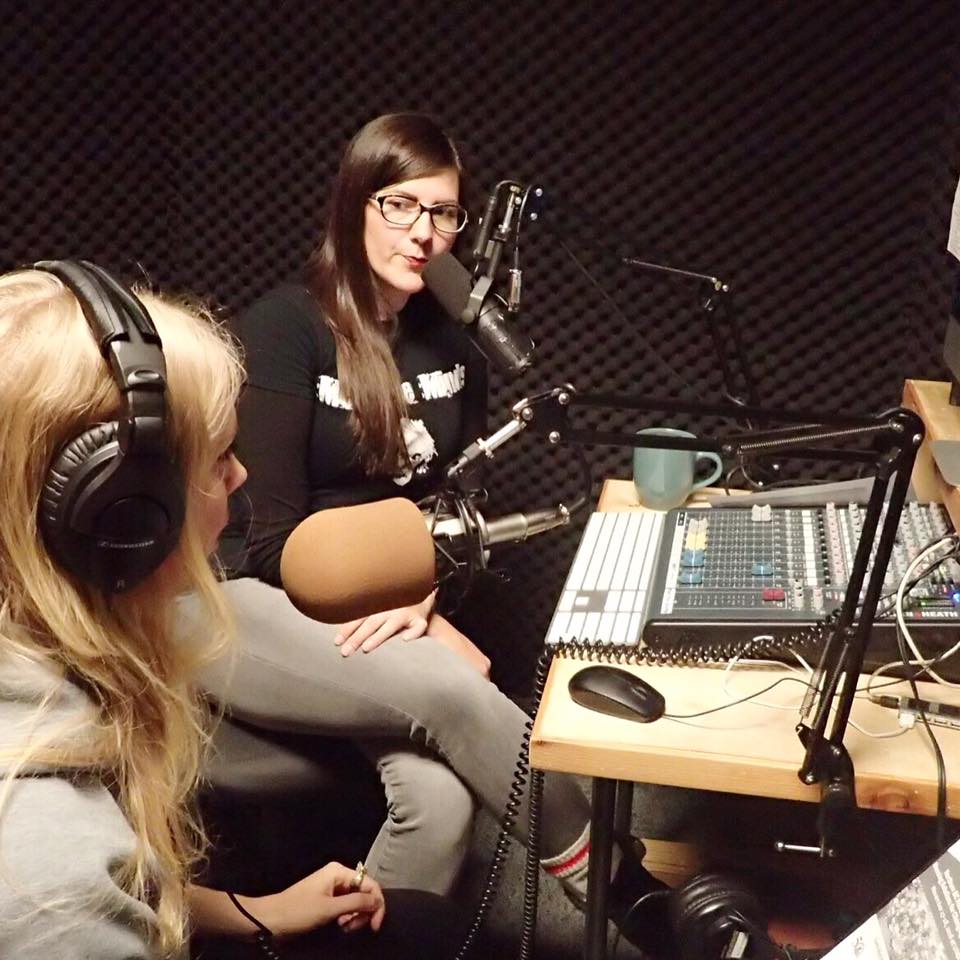
In the Neighbourhood Time Exchange | Downtown Prince George studio, Martin has been working mostly with fabrics, paper and ink. Using a starchy, netted material, like gauze, she has been making drawings that incorporate a staining process she is hoping to investigate more. She begins by laying the fabric on a sheet of paper, washing ink over the fabric, and peeling the fabric off of the paper once the ink has dried. The ink stains the paper in varying opacities, depending on the weave and absorbency of the textile. The result is a highly sensitive drawing that conveys volume, and even a sense of space, through a gridded pattern. Conversely, the gauzy fabric, having been stiffened by the ink, becomes more like a piece of debris once removed. Martin has been thinking of these works in relation to mapping, and has referred to some of the drawings as “small geographies”. Thinking about the gridded lines of latitude and longitude that typify Western geography, the way in which these horizontal and vertical lines are produced in the drawings is quite revealing. On the one hand, the lines of the fabric block the ink from fully flooding the page, and on the other hand, the lines and the conveyed space in the drawing are created through a removal, through the pulling back of the grid. At first glance, these highly abstract monochrome works seem to share an affinity with the exploration of the grid in the art historical canon, but on closer inspection the hills, valleys, plateaus, craters, crevices and impressions on the earth seem to emerge more clearly.
Martin will have a final exhibition of the work she has produced in Prince George on Tuesday, October 25th.


